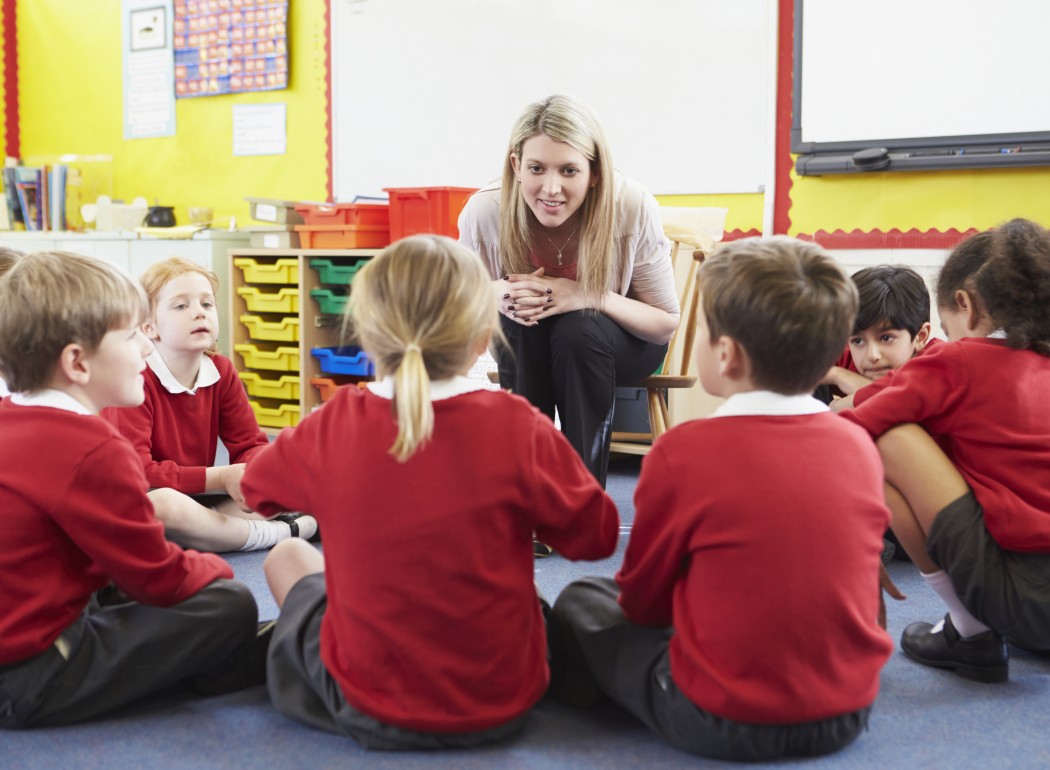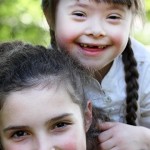It’s good to see in the news that the Justice Department is keen to encourage all areas of the UK to offer restorative meetings to all victims of crime, rather than be a postcode lottery. Restorative practices are proven to reduce reoffending rates whilst, at the same time, empowering victims by giving them an opportunity to have their voice heard.
When we think of working restoratively, the first thing that may come to mind is Restorative Justice. But there is so much more to this approach that we might not be aware of and its effects are truly remarkable. More and more schools and other establishments are now using a restorative approach in the way they work.
HOW DID THIS COME ABOUT?
Restorative practices date back hundreds of years, when ancient indigenous cultures lived closely together with a strong sense of community and would meet to discuss any wrongdoing and agree reparation. Approximately 25 years ago, Restorative Justice and Victim Offender mediation were introduced into the criminal justice system, when it became apparent that all the support was given to the offender and the victim’s voice was often not heard. This needed to change so that the victim was an integral part of the process and the needs of the victim as well as the offender were met. The positive results of these methods then led to a number of establishments implementing a restorative approach to manage behaviour. This has now evolved into an ethos which, when fully embraced, underpins the way staff work and relate to others, not just to improve discipline, but to encourage a holistic approach to behaviour.
HOW DOES IT WORK?
Restorative language can be used in everyday life by talking about thoughts and feelings in an open, non-judgemental way. When misbehaviour occurs, a more targeted restorative approach can be used to work with those involved to identify the harm that has been done. The focus is on repairing the relationship, rather than assigning blame or punishment.
This involves a facilitator (school staff or parent) bringing together the victim and offender and asking a series of questions following set themes. They would ask what happened; what those involved were thinking or feeling at the time and now; who else was affected; and what needs to happen to repair the harm. This enables the person who has been harmed to tell their story and describe how the incident has affected them, as well as allowing the person who has done the harm to be able to explain what happened and hear how their actions affected someone else. This is very powerful and helps children to develop empathy and self-reflection.
This approach differs to the more punitive, sanction-based discipline system, where parents or teachers want to know who did it, who is to blame and what punishment is needed. The restorative approach puts relationships at its heart and focuses on repairing the harm done to people and relationships when things go wrong.
WHAT ARE THE EFFECTS?
In a world where screen time is increasingly replacing face-to-face contact, communication with others is often forsaken. Using a restorative approach helps children to develop their social brain, which is vital when relating to others, because how a child experiences relationships in childhood can affect their relationships in later life.
Positive experiences help to build pathways in a child’s brain, enabling them to develop emotional literacy. This allows them to learn about empathy, relate to others and also self-regulate their feelings. In fact, research shows that emotional literacy may also lead to children having more successful lives.
On the other hand, sanction-based discipline often has short-lived results, does not change behaviour long-term and can eventually lead to the breakdown of relationships. Children quickly learn to avoid punishment and do not learn to self-regulate. A restorative approach not only restores and strengthens relationships between everyone involved, but it also teaches empathy, responsibility and accountability. It has been seen to have remarkable effects in schools and also helps to develop skills we want to see in all young people.
We are glad to see that more and more schools are using this approach and we are excited to be training in a number of different London schools this term.
Leave Your Reply
You must be logged in to post a comment.



